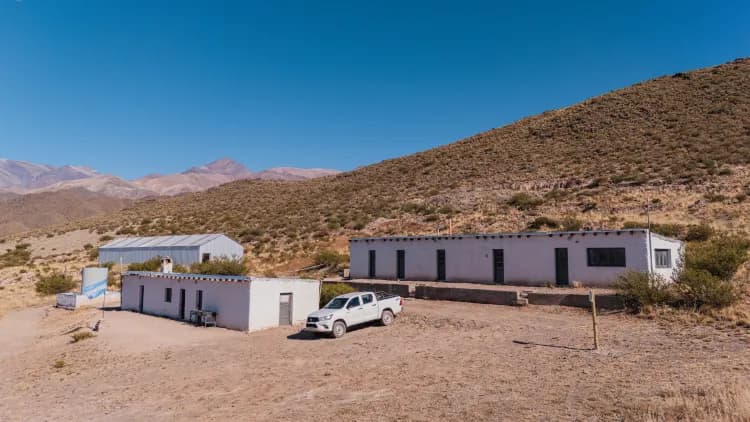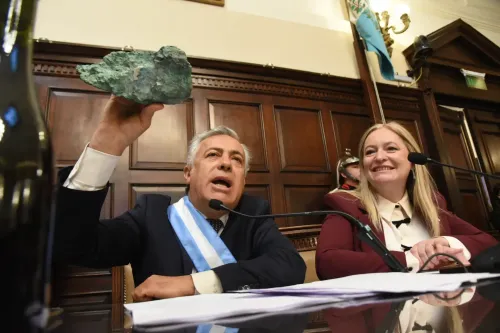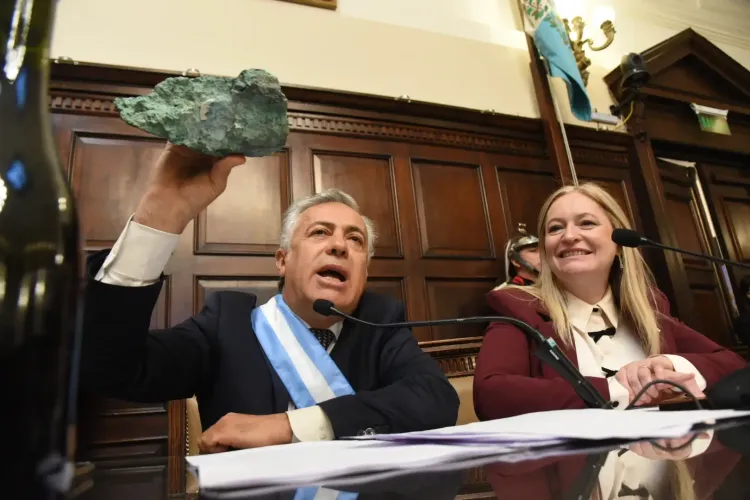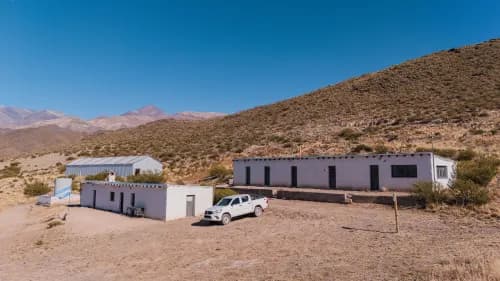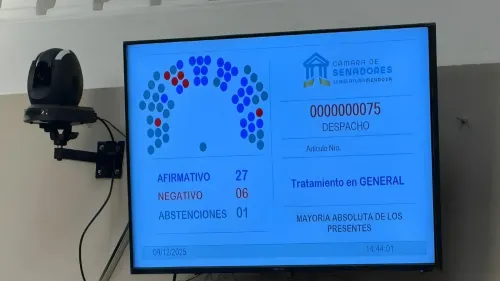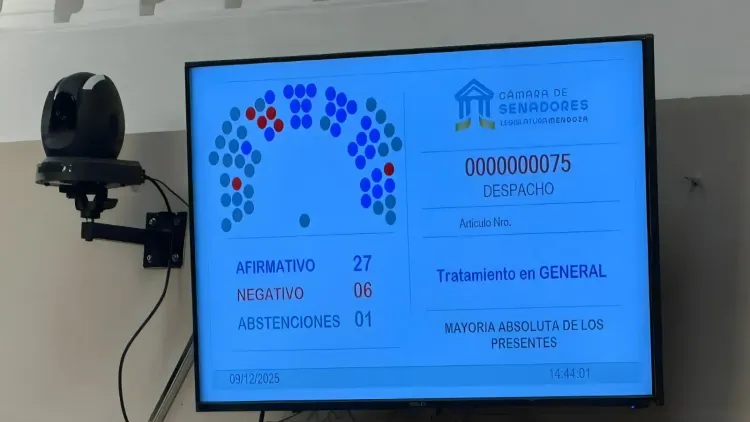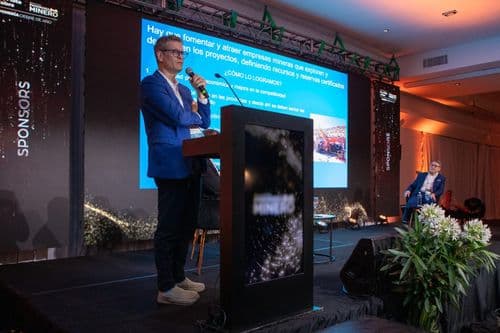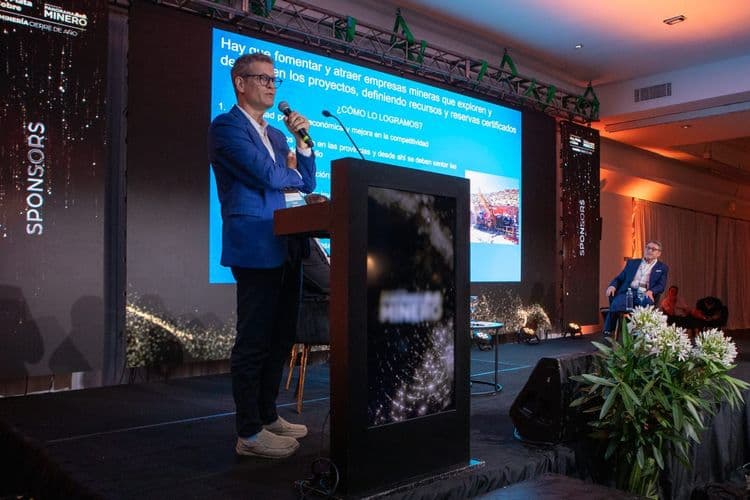The conflict between Russia and Ukraine continues to shake the world.
By Panorama Minero
A large-scale conflict that began in February 2022 with no truce in sight: this is how Russia's invasion of Ukraine could be summarized—a turning point in modern history, particularly for the Old Continent. The events in Eastern Europe have already resulted in thousands of casualties on both sides, and they now reflect a new global landscape, where the old order associated with globalization appears to be fading, and giving way to what are now called spheres of influence.
Peace between the two countries seems increasingly out of reach. One of the world’s major military powers, Russia suffered a massive drone attack by Ukraine on June 1, which struck deep within the country governed by Vladimir Putin, causing significant damage to air force units and other facilities. Similarly, on May 31, Russia had carried out a systematic drone attack on Ukraine. The peace talks scheduled for June 2 in Istanbul now face an uncertain future at best.
In this context of growing geopolitical fears, gold has surged past US$$3,250/oz. Since the beginning of the conflict, the precious metal has gained more than US$$1,500/oz., reaffirming its historical role as a store of value in times of uncertainty.
Over the years, the gold industry has witnessed the rise of new players as well as the decline of historical leaders—such as traditional producers like Peru, the United States, and especially South Africa, a country that at its peak once accounted for over 70% of global mine supply. South Africa represented 17% of global production in 2003; by 2024, that figure had dropped to less than 4%. Similarly, although to a lesser extent, other key producers have also lost ground: Peru produced 100 tonnes in 2024 compared to 150 tonnes in 2003, and the U.S. dropped from 270 tonnes in 2003 to 160 tonnes in 2024. Combined, South Africa, the U.S., and Peru accounted for 33% of global production—870 tonnes—in 2003. By 2024, their combined output had fallen to just 10% of the total, or 360 tonnes.
Who stepped in to dethrone these traditional powerhouses while also driving overall gold production up to 3,300 tonnes in 2024? With production growth rates of 95% and 72% respectively, China and Russia have significantly expanded their presence—from 195 to 380 tonnes for China, and from 180 to 310 tonnes for Russia. These two nations are now the world’s top gold producers, jointly contributing 21% of total global output in 2024 (up from 14% in 2003).
These past twenty-five years have also marked a trend toward increasing fragmentation in global gold production. Argentina, for instance, has evolved from being a marginal producer to recording around 35 tonnes in 2023. While modest in absolute terms, this output represents a significant contribution to the country’s exports and plays an important role in fostering economic and social development in the regions surrounding mining operations.



